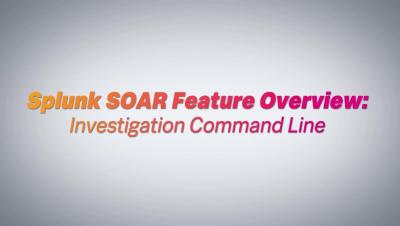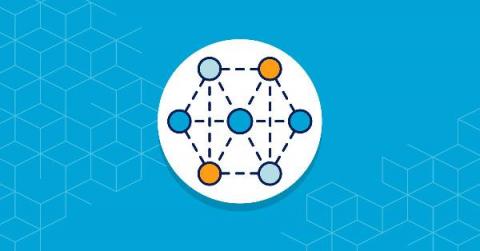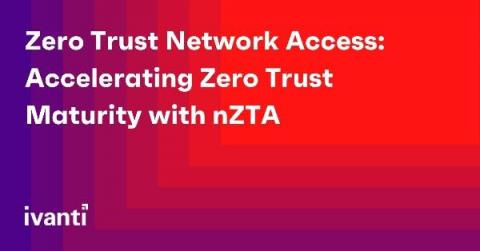Operations | Monitoring | ITSM | DevOps | Cloud
Security
The latest News and Information on CyberSecurity for Applications, Services and Infrastructure, and related technologies.
Splunk SOAR Feature Video: Contextual Action Launch
Splunk SOAR Feature Video: Investigation Command Line
Splunk SOAR Feature Video: Create a Manual Event
Splunk SOAR Feature Video: Configure Third Party Tools
Splunk SOAR Feature Video: Install/Update Apps
Do you really need a service mesh?
The challenges involved in deploying and managing microservices have led to the creation of the service mesh, a tool for adding observability, security, and traffic management capabilities at the application layer. While a service mesh is intended to help developers and SREs with a number of use cases related to service-to-service communication within Kubernetes clusters, a service mesh also adds operational complexity and introduces an additional control plane for security teams to manage.
Zero Trust Network Access: Accelerating Zero Trust Maturity with nZTA
Covid made the hypothetical necessity of IT risk planning a reality. Many organizations responded to the immediate need for remote workforces by adding more VPN licenses. But while adding more VPN capacity solved the problem of resource access, it also led to network bottlenecks and application latencies.
Defending the Internet of Things from hackers and viruses
The 2010 Stuxnet malicious software attack on a uranium enrichment plant in Iran had all the twists and turns of a spy thriller. The plant was air gapped (not connected to the internet) so it couldn’t be targeted directly by an outsider. Instead, the attackers infected five of the plant’s partner organizations, hoping that an engineer from one of them would unknowingly introduce the malware to the network via a thumb drive.
Collecting and operationalizing threat data from the Mozi botnet
Detecting and preventing malicious activity such as botnet attacks is a critical area of focus for threat intel analysts, security operators, and threat hunters. Taking up the Mozi botnet as a case study, this blog post demonstrates how to use open source tools, analytical processes, and the Elastic Stack to perform analysis and enrichment of collected data irrespective of the campaign.











